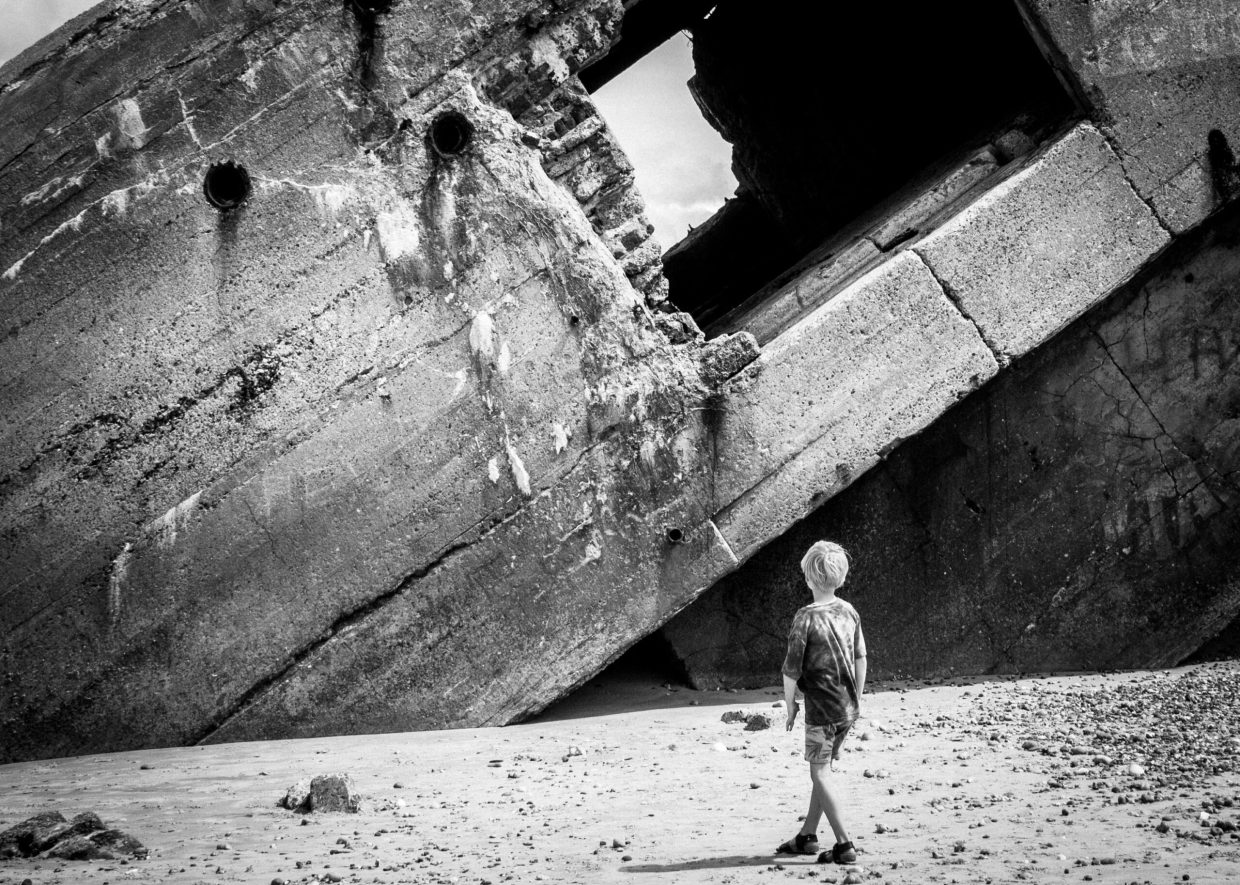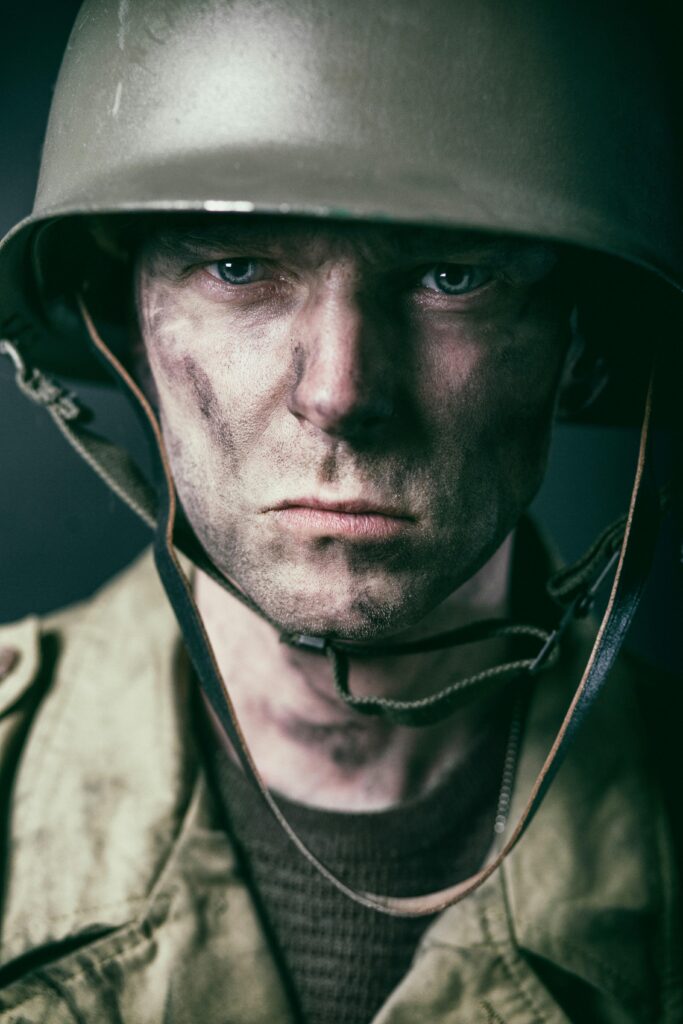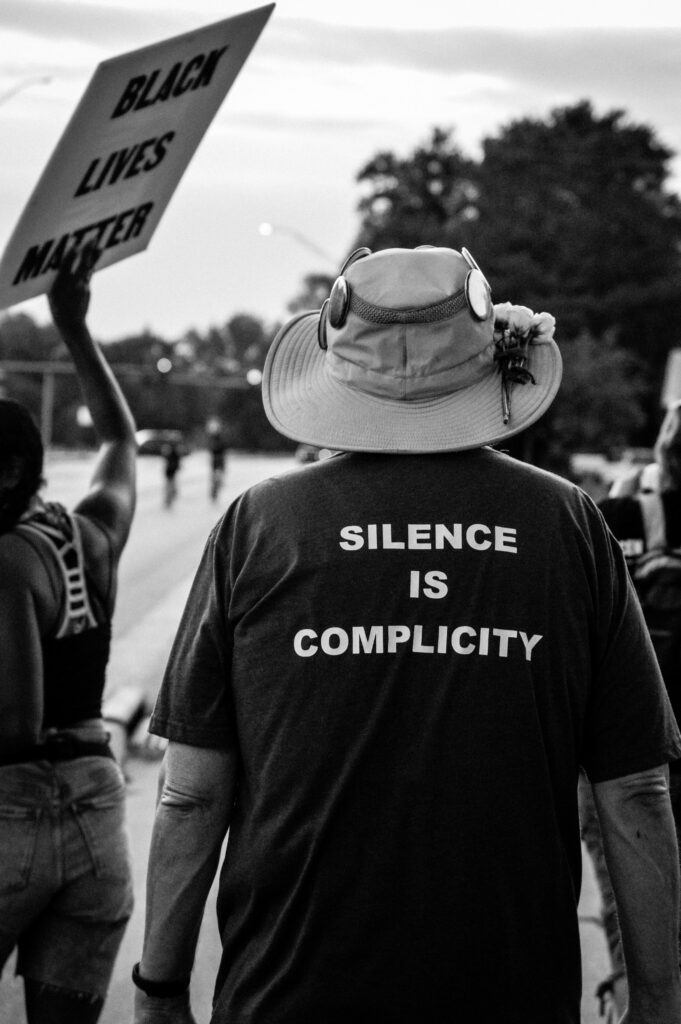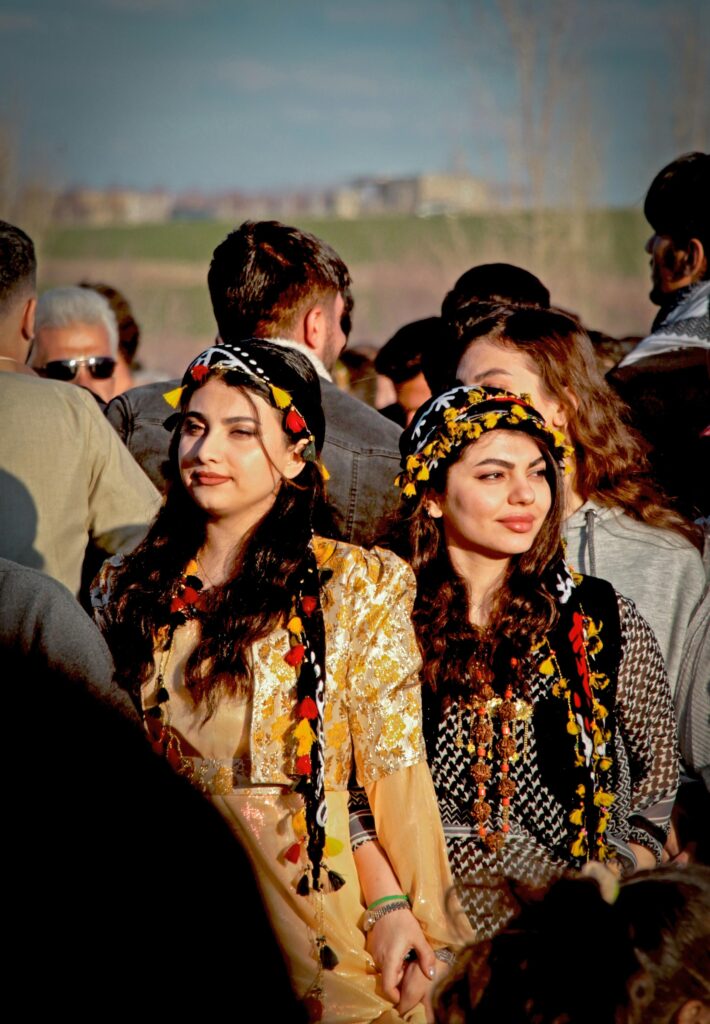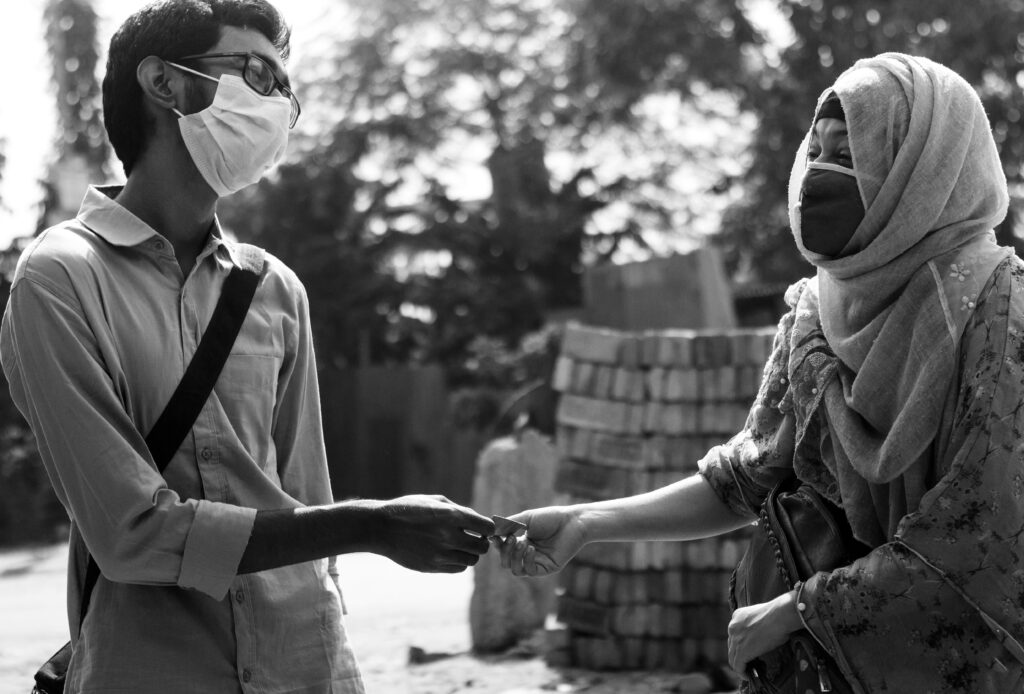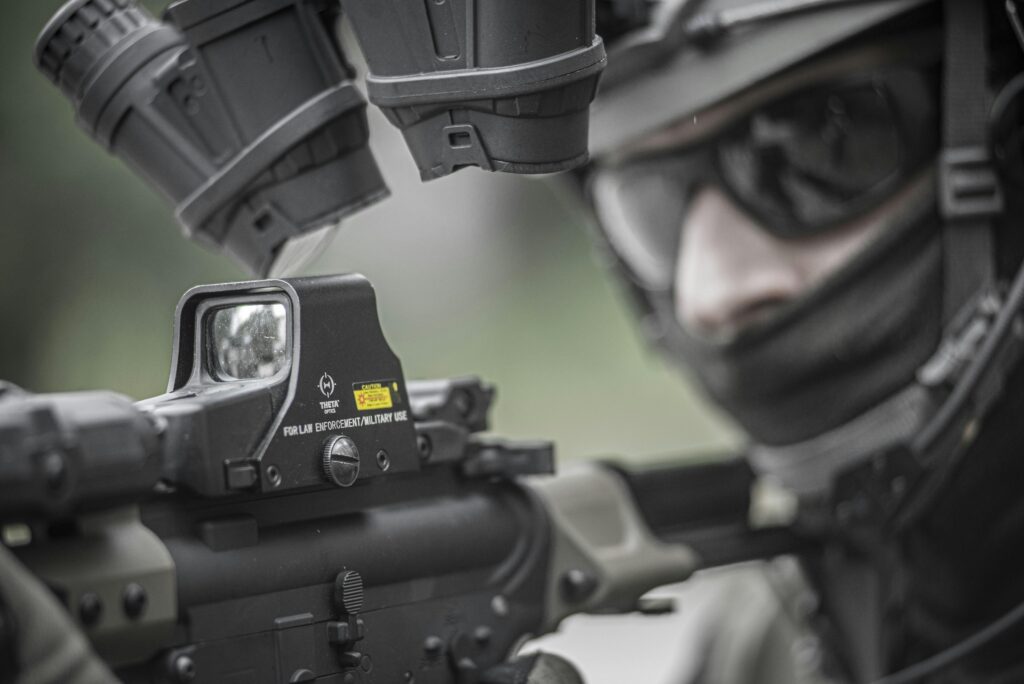There’s a silence in warzones that voices can’t always break—a quiet filled with stories of children whose childhoods are stolen by the chaos and cruelty of conflict. These are the voices from the shadows, echoes of innocence lost amid the rubble and fear. In this blog, we’ll step into their world, listening to stories that often go unheard, shining a light on the resilience and pain of those who grew up not with toys and playgrounds, but with the harsh realities of war. This is not just about statistics or headlines; it’s about real lives altered forever, a reminder of the human cost behind every conflict.
Table of Contents
- The Silent Stories Behind Child Soldiers
- Navigating Trauma and Rebuilding Hope
- The Role of Education in Healing Wounds
- How Communities Can Support War-Affected Children
- Concluding Remarks
The Silent Stories Behind Child Soldiers
In the war zones unseen by most, children are forced into roles no young soul should ever endure. Stripped of innocence, these children navigate a harsh world where survival often means abandoning their childhood dreams and embracing a reality dominated by fear and obedience. But beyond the headlines and statistics lie untold tales—quiet testimonies of resilience, loss, and hope whispered in the shadows. Many are coerced into these roles, snatched from schools, playgrounds, and families, thrust into barracks and armed camps where they are trained to wield weapons instead of pencils.
These hidden stories reveal more than just the atrocities of conflict; they capture the profound humanity within these children, often overlooked by the global community. Some cling to memories of home and laughter, while others forge fragile bonds of friendship that become their lifelines in captivity. The silent suffering of these young warriors is interwoven with acts of unexpected kindness, moments of bravery, and dreams that refuse to die, reminding us that behind every statistic, there is a child craving understanding and a chance to heal. To honor these stories is to acknowledge that in every shadow cast by war, there is a voice hoping to be heard.
- Stolen innocence: how the battlefield replaces the playground.
- Forced allegiance: survival at the cost of freedom.
- Hidden resilience: strength found in the darkest places.
- Calls for redemption: the urgent need for rehabilitation and hope.
Navigating Trauma and Rebuilding Hope
In the quiet aftermath of conflict, the emotional scars left on young souls are often invisible but profoundly deep. The journey from terror and loss toward healing demands more than just time; it requires a compassionate embrace of each child’s unique story. Empowering these young survivors begins with creating safe spaces where they can express their pain without judgment—places rich with empathy, understanding, and patience. Through therapeutic storytelling, art, and community support, children learn not only to confront their trauma but to reclaim their narratives, transforming shadows of fear into chapters filled with resilience.
Critical steps in this process include:
- Establishing trust through consistent and gentle presence
- Incorporating culturally sensitive mental health practices
- Engaging families and communities in recovery efforts
- Providing education that fosters hope and future aspirations
These efforts illuminate a path forward where hope is not just a distant dream but a tangible reality. Through rebuilding connections and nurturing inner strength, children once silenced by war can find their voices again—voices that resonate with courage, growth, and the possibility of a peaceful tomorrow.
The Role of Education in Healing Wounds
In the aftermath of conflict, education becomes a sanctuary where shattered spirits can slowly mend. It offers more than just knowledge; it provides a space to reclaim lost childhoods, fostering resilience in young souls scarred by violence. Through storytelling, creative expression, and structured learning, children begin to weave their broken memories into narratives of hope and possibility. Schools transform from mere institutions into vital communities of support, where empathetic teachers and peers become pillars of strength, guiding these young survivors toward stability and growth.
Beyond the classroom walls, education acts as a powerful catalyst for healing by instilling critical life skills and emotional literacy. It empowers children to confront trauma, understand their experiences, and dream beyond the shadows of their past. Programs that prioritize psychosocial support, inclusive curricula, and community involvement create an environment where healing is nurtured through:
- Safe spaces for open dialogue and emotional expression
- Learning opportunities tailored to diverse needs
- Engagement with arts and cultural activities as therapeutic tools
- Building trust and restoring a sense of normalcy and routine
In essence, education becomes a beacon of light, guiding children out of the darkness of conflict and into a future shaped by hope and renewal.
How Communities Can Support War-Affected Children
In the aftermath of conflict, children often find themselves silenced by trauma and loss. Communities hold the remarkable power to amplify these quiet voices by creating safe spaces where healing can begin. Schools and local centers can transform into sanctuaries of hope, offering not only education but also emotional support through trained counselors and peer groups. By fostering environments that emphasize trust and care, communities help restore the shattered innocence and build resilience that war attempts to erase.
Collective efforts can significantly ease the burden these young souls carry. Whether through volunteering, fundraising, or simply listening, every act of kindness echoes a powerful message: they are not forgotten. Consider how communities can:
- Establish mentorship programs pairing children with empathetic adults who guide and inspire.
- Organize art and play therapy sessions to unlock emotions too complex for words.
- Support families with resources and social services that stabilize fragile home environments.
- Raise awareness about the long-term impact of war on childhood, encouraging broader societal empathy.
Concluding Remarks
As we close the chapter on these haunting stories, it’s impossible not to carry their echoes with us — the quiet voices from the shadows who remind us of the innocence stolen by war. Their childhoods, marked by fear and loss, challenge us to see beyond headlines and statistics, to recognize the human lives forever changed. In remembering them, we honor their resilience and underscore the urgent need for peace, so no more children have to grow up in the shadows. Let their stories be a call to action and a beacon of hope for a future where childhood is a time of laughter, not survival.


